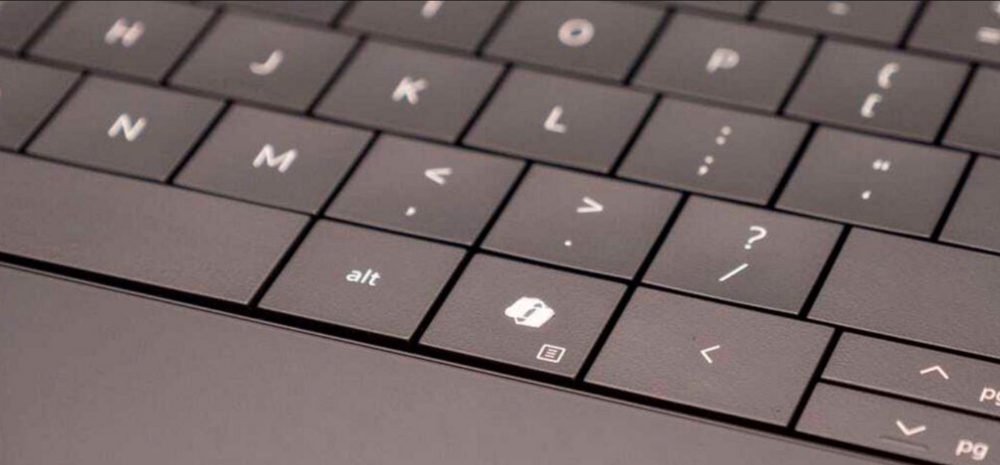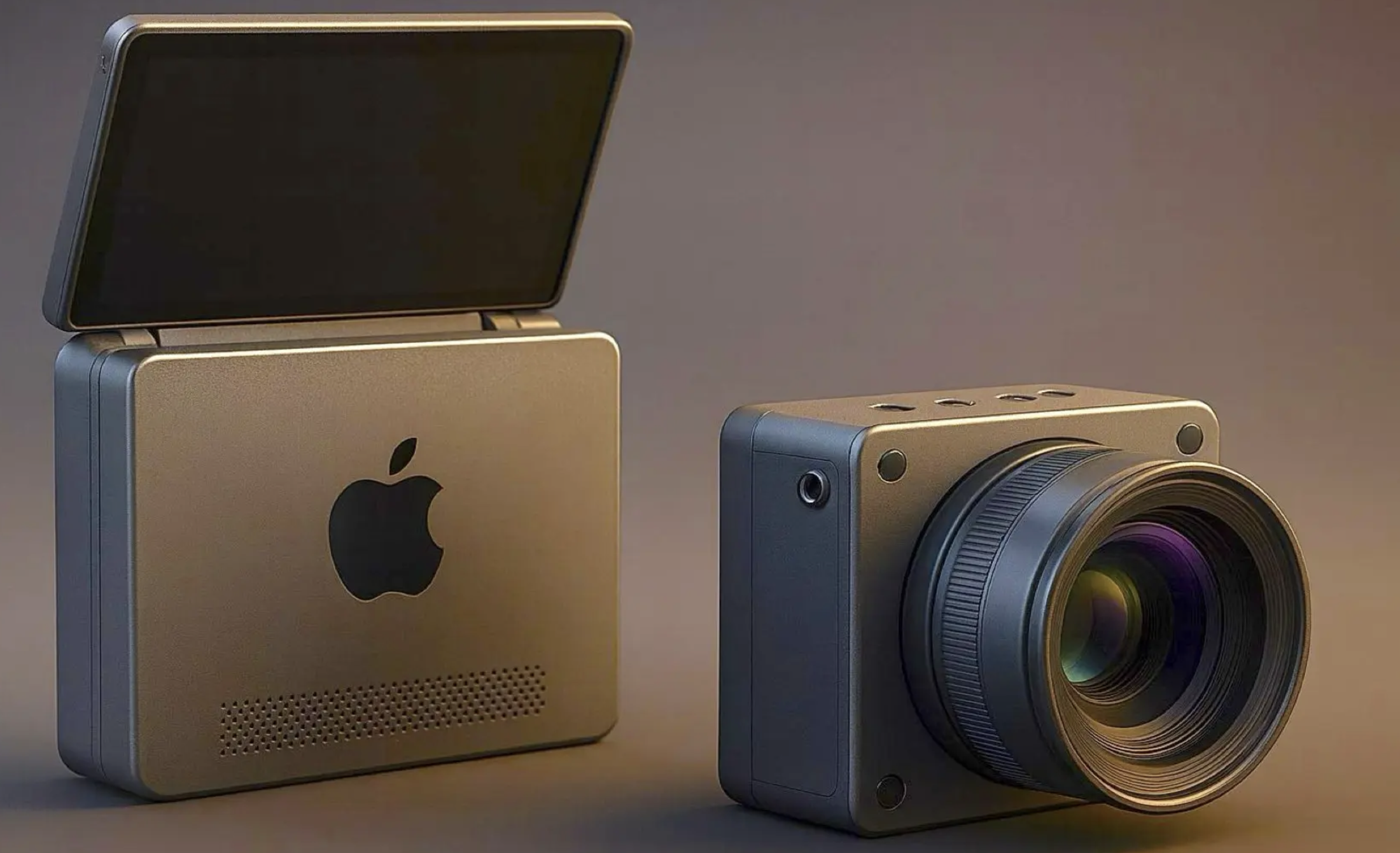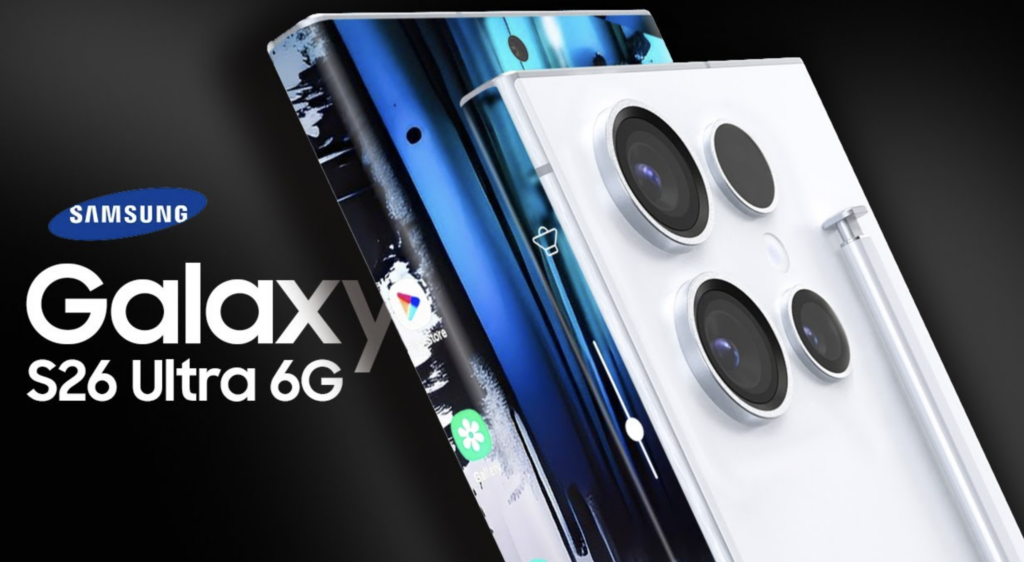The largest vendor of computer software in the world, Microsoft, is now adding a button to the Windows keyboard to activate its AI Copilot service, with the first devices to sport the new key available this month.

Microsoft’s AI Copilot Key
The addition of this key emphasizes the Redmond, Washington-based company’s commitment to AI since it has decided to keep the Copilot key to the right of the space bar. Notably, it shall be the first change to the Windows keyboard layout since Microsoft added the Windows/Start key in 1994.
It is said that in the upcoming CES technology conference, the software giant’s hardware partners shall showcase the Windows 11 computers with the Copilot button over the coming days at the CES technology conference. After this, with time, this shall percolate and become a feature.
What the heck will this button do?
Well, it shall help users which various ways which include helping with image creation, writing emails and summarize text with the help of AI.
AI Integration Across Microsoft’s Windows Ecosystem
Yusuf Mehdi, Microsoft’s consumer chief marketing officer said that “AI will be seamlessly woven into Windows from the system, to the silicon, to the hardware”.
As per Mehdi, the company sees 2024 as “the year of the AI PC”, just like the budding trend among smartphone makers to tout their latest models as “AI phones.”
Speaking of the AI phones, the labels per se do not carry much weight to it, but since in the PC space it is Microsoft and it has spent past year retouching and retooling its biggest products around AI tech so that they are equipped to generate new content from massive datasets.
Speaking of the products, these include the likes of Windows, Office, Bing search, security software and customer and finance products.
These would rely on GPT-4 technology from OpenAI in which the company has already invested $13 billion.
Now moving on to the dealers and device makers, the push by Microsoft in AI services has not particularly translates into sales boost since the novel Copilot features are being rolled out to new and existing devices alike.
The new tapestry of AI and hardware, as suggested by Mehdi, would in turn also put a pressure on consumers to upgrade as Microsoft evolves and improves its AI proposition.














